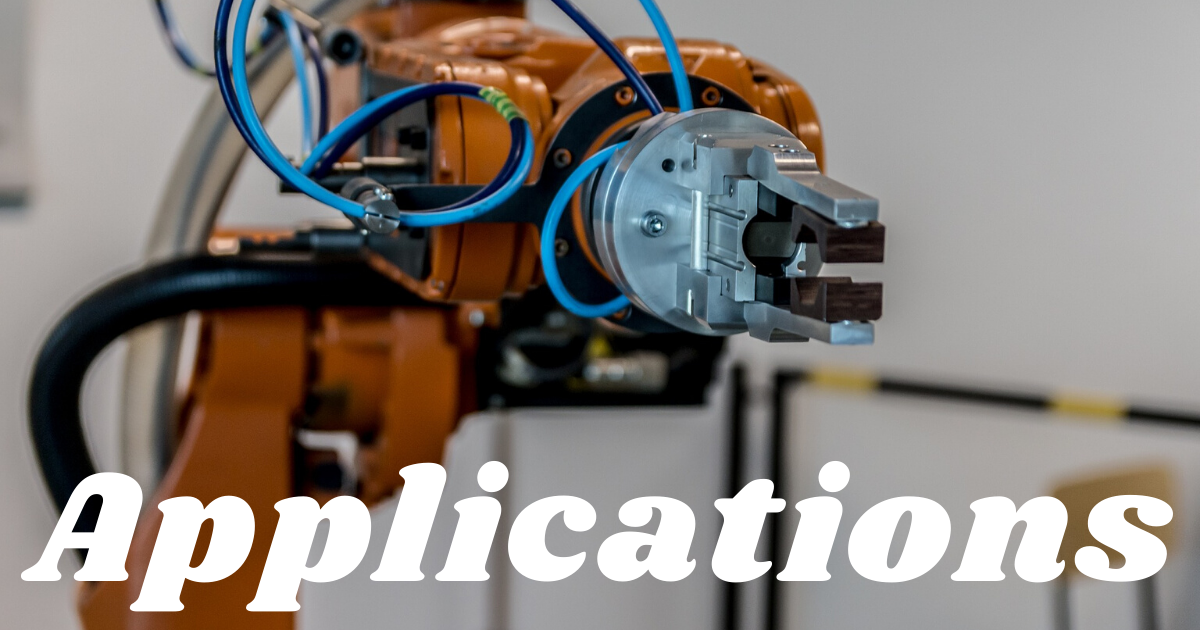In this article, you will learn about the benefits and applications of robotics in the automotive industry. With these benefits, you can know the scope of robotics in today’s world.
In 2005, 90% of all robots were found in one spot: car production lines. Today, after 14 years, that number has reduced to under50%. The reason is that almost every industry is finding creative ways to make these non-human helpers part of their industry. Even after this fact, automotive industry rules the robots use as most robots are used in this industry.
Today, robotics is an essential part of making automotive plants competitive. Ford, GM, Mercedes-Benz, BMW, and every other manufacturer use “co-bots” (collaborative robots) in their manufacturing plants to perform various operations.
Manufacturers turn to robots for many reasons. These reasons include both benefit and applications of robotics in the automotive industry. These benefits and applications are explained further.
Benefits Of Robotics In Automotive Industry
There are various reasons that drive the automotive industry towards robotics. The automotive industry gets the most benefit from the evolution of robotics. Without automation in the automotive industry, this industry would have been obsolete a long time ago. So three biggest drivers of robotics in the automotive industry are:
Quality
Automotive robots reduce part-to-part variability this means that you will have the same quality for every part you manufacture. With highly repeatable tasks, they never tire or get distracted, so every cycle is performed the same way. Also, they neither drop parts or handle them in a way that causes damage. Robots are equipped with vision systems, automotive robots can even recognize the variation in incoming materials. This helps in reducing mistakes and increasing quality resulting in increased customer satisfaction from robotics in the automotive industry.
Safety
Many jobs in automotive manufacturing are not safe for humans. Safety is the best benefit of robotics in the automotive industry to human life. Sometimes, the dangers are obvious, as when pouring hot liquid metal in a foundry. At different times, they’re more insidious, similar to musculoskeletal disorders resulting from lifting, bending, and repetitive motions. Robots can prevent humans from these dangers. At the assembly line, robots keep workers away from exposure to fumes from welding and painting also from the noise of stamping presses. So robots provide safety to humans by keeping them away from hazardous activity.
Productivity
Automotive supply chains reduce production delays. Automotive part manufacturers strive for consistent times and process control in every step of the production line. Even the smallest problem can stop an assembly line. Robots don’t suffer end-of-shift tiredness, so process duration is constant all day, every day, and peak production rates are consistent. What’s more, running robots through breaks and shift changeovers yields additional output from production lines when compared to manually attended lines. This is the best benefit of robotics in the automotive industry for vehicle makers.
Applications Of Robotics In Automotive Industry

With thousands of wires and parts in each vehicle, it takes a complex manufacturing process to get components to where they need to be. We took a look at the latest applications of robotics in the automotive industry and here are the 5 most common applications that caught our eye.
Welding
Robotic welding has been the top application of robotics in the automotive industry for a long time, as each vehicle needs a high number of welds before it’s complete. Robots are utilized for both spot and arc welding.
Large industrial robots with long arms and higher payload abilities handle spot welding on heavy body panels. Smaller robots weld lighter parts like mounts and brackets. Robotic tungsten inert gas (TIG) and metal inert gas (MIG) welders can position the torch in precisely the same direction on each cycle. Preserving high welding standards in every creation is feasible due to the repeatable arc and speed gap.
Painting, sealing, and coating
Professional painters are hard to find and the job is a highly toxic one making the job dangerous for humans. This makes it an ideal job for robotics in the automotive industry, because the paint-work needs to be highly consistent over a large area of paint, and reducing the amount of wasted material. These robotics machines are also useful for spraying adhesives, sealants, and primers.
Assembly
In almost every automotive manufacturing plant, light robotic arms assemble smaller parts like motors and pumps at a fast pace. Other tasks, such as screw driving, wheel mounting, and windshield installation, are completely done by robots. So this is the benefit to the assembly line from robotics in the automotive industry.
Material Removal
Robotics in the automotive industry plays a crucial role in material removal. Robots can follow a complex path multiple times without failing, making robots an ideal tool for cutting and trimming jobs. Light robots with force-sensing technology are more qualified to do this kind of work. Tasks include trimming flash from plastic moldings, polishing molds, and cutting fabric.
Part Transfer And Machine Tending
Pouring hot liquid metal in a foundry and moving a metal stamp from one press to the next are unpleasant jobs for human workers, yet they’re perfect robot tasks. This is a great role played by robotics in the automotive industry. Machine tending operations include unloading hot moldings from an injection molding or die casting machine, and loading and unloading CNC machining centers. These are the works that perfectly suit the robots.
Robotic Vision
A light industrial robotic arm with “eyes” can do exact work since it can “see” what it’s doing. By giving instant feedback to the robot; the windshields, door panels, and fenders can be applied very precisely. The big innovation of this technology is that industrial robots are ready to put an appropriate counterbalance on the installation of a part. Therefore, if there is any variation in the production, the robot can adapt its installation method to fit the part perfectly.

All you need to know about Robotics and Embedded System
Learn Robotics & Embedded Systems
Learn Robotics & Embedded System with WAC
Other Skills in Demand
| Artificial Intelligence | Data Science |
| Digital Marketing | Business Analytics |
| Big Data | Internet of Things |
| Python Programming | Robotics & Embedded System |
| Android App Development | Machine Learning |

